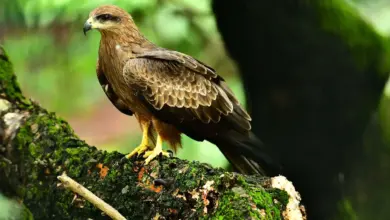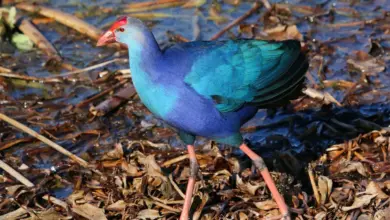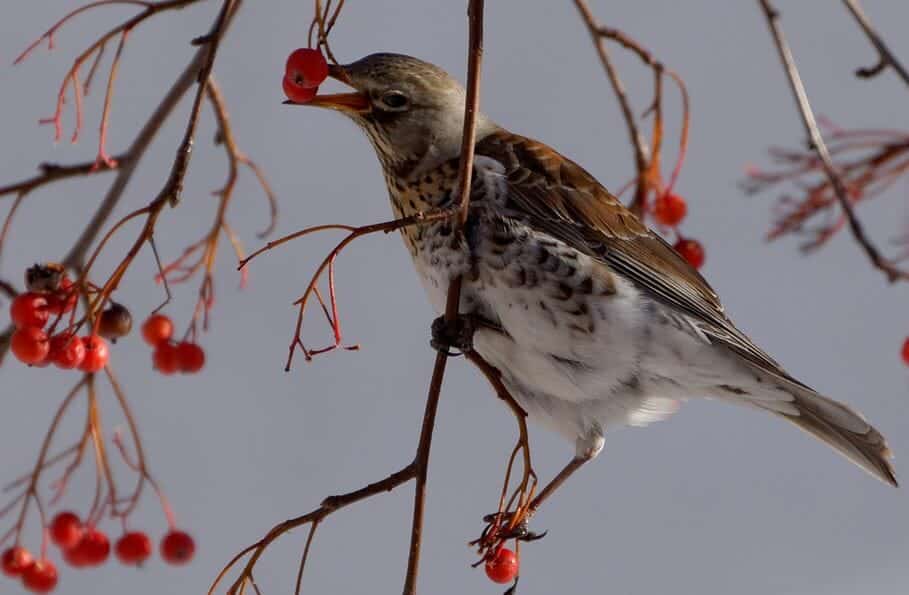Bronzy or Bronze Incas
The Bronzy Incas or Bronze Incas (Coeligena coeligena) are South American hummingbirds that were named for their bronze-colored plumage.
Distribution / Habitat
The Bronzy Incas occur naturally from northern Venezuela south through the Andes of Colombia, Ecuador, and Peru into Bolivia.
They are most common along the edges of subtropical or tropical moist montane forests and in cultivated areas (such as coffee plantations) – from 1,500 to 2,600 meters.
Hummingbird Resources
- Hummingbird Information
- Hummingbird Amazing Facts
- Attracting Hummingbirds to Your Garden
- Hummingbird Species
- Feeding Hummingbirds
Subspecies and Ranges
Bronzy Inca (Coeligena coeligena coeligena – Lesson, 1833) – Nominate Race
Found in northern Venezuela, from the state of Lara east to Miranda.
[Coeligena coeligena zuloagae – Phelps and Phelps Jr., 1959] – mostly considered invalid. Only known from one type specimen from the state of Falcón in northwestern Venezuela). It is generally believed to be an individual variation of the nominate form.
Bronzy Inca (zuliana) (Coeligena coeligena zuliana – Phelps, WH and Phelps,WH Jr, 1953)
Occur on the Sierra de Perijá mountain range on the Venezuela-Colombia border.
Bronzy Inca (columbiana) (Coeligena coeligena columbiana – Elliot, 1876)
Found in the Andes of northwestern Venezuela (Barinas, Lara, Táchira) and in the eastern and central Andres of Colombia.
Bronzy Inca (ferruginea) (Coeligena coeligena ferruginea – Chapman, 1917)
Western and central Andes of Colombia.
Bronzy Inca (obscura) (Coeligena coeligena obscura – Berlepsch and Stolzmann, 1902)
It occurs naturally in the Andes of extreme southern Colombia, Ecuador, and Peru.
Bronzy Inca (boliviana) (Coeligena coeligena boliviana – Gould, 1861)
Found in the Andes of central and southeastern Bolivia.
[(Coeligena coeligena purpurea)] – from Popayán in south central Colombia) could be a hybrid of the Bronzy Incas and the Black Inca (Coeligena prunellei), or could be a darker variety of the Brown Inca (Coeligena wilsoni).
Description
The Bronzy Inca measures about 5″ or 12 cm in length, including bill and tail. The straight and slender bill is about 1.3″ or 33 mm long.
The plumage is mostly iridescent purple. The upper plumage ranges from a rich violet to a glossy red. The tail coverts have a golden-greenish sheen. The broad tail is suffused with the same purple tinge as the back. The plumage below is suffused with a greyish tinge. The throat and chest are greyish.
Diet / Feeding
The Bronzy Incas Hummingbirds primarily feed on nectar taken from a variety of brightly colored, scented small flowers of trees, herbs, shrubs, and epiphytes. These trap-line feeders favor flowers with the highest sugar content, in particular those of the Fuchsia and Heliconia plants.
They use their long, extendible, straw-like tongues to retrieve the nectar while hovering with their tails cocked upward as they are licking at the nectar up to 13 times per second. Sometimes they may be seen hanging on the flower while feeding.
Many native and cultivated plants on whose flowers these birds feed heavily rely on them for pollination. The mostly tubular-shaped flowers exclude most bees and butterflies from feeding on them and, subsequently, from pollinating the plants.
They may also visit local hummingbird feeders for some sugar water, or drink out of bird baths or water fountains where they will either hover and sip water as it runs over the edge; or they will perch on the edge and drink – like all the other birds; however, they only remain still for a short moment.
They also take some small spiders and insects – important sources of protein particularly needed during the breeding season to ensure the proper development of their young. Insects are often caught in flight (hawking); snatched off leaves or branches, or taken from spider webs. A nesting female can capture up to 2,000 insects a day.
Males establish feeding territories, where they aggressively chase away other males as well as large insects – such as bumblebees and hawk moths – that want to feed in their territory. They use aerial flights and intimidating displays to defend their territories.
Breeding / Nesting
Hummingbirds are solitary in all aspects of life other than breeding, and the male’s only involvement in the reproductive process is the actual mating with the female. They neither live nor migrate in flocks, and there is no pair bond for this species. Males court females by flying in a U-shaped pattern in front of them. He will separate from the female immediately after copulation. One male may mate with several females. In all likelihood, the female will also mate with several males. The males do not participate in choosing the nest location, building the nest, or raising the chicks.
The female is responsible for building the cup-shaped nest out of plant fibers woven together and green moss on the outside for camouflage in a protected location in a shrub, bush, or tree. She lines the nest with soft plant fibers, animal hair, and feathers down, and strengthens the structure with spider webbing and other sticky material, giving it an elastic quality to allow it to stretch to double its size as the chicks grow and need more room. The nest is typically found on a low, skinny horizontal branch.
The average clutch consists of two white eggs, which she incubates alone, while the male defends his territory and the flowers he feeds on. The young are born blind, immobile, and without any down.
The female alone protects and feeds the chicks with regurgitated food (mostly partially digested insects since nectar is an insufficient source of protein for the growing chicks). The female pushes the food down the chicks’ throats with her long bill directly into their stomachs.
As is the case with other hummingbird species, the chicks are brooded only the first week or two and are left alone even on cooler nights after about 12 days – probably due to the small nest size. The chicks leave the nest when they are about 20 days old.
Alternate (Global) Names
Chinese: ?????? … Czech: Inka obláckový, inka oblá?kový … Danish: Bronzefarvet Inka … Dutch: Bronzen Incakolibrie, Bronzen Inkakolibrie … Finnish: Pronssi-inkakolibri … French: Inca céleste … German: Bronzeandenkolibri, Himmelsmusketier, Himmels-Musketier … Italian: Colibrì inca bronzato, Inca bronzeo … Japanese: buronzuinkahachidori … Norwegian: Bronseinka … Polish: elfik brazowy … Russian: ????????? ???????-???? … Slovak: ink bronzový … Spanish: Colibrí Pardo Morado, Inca Bronceado … Swedish: Bronsinka




